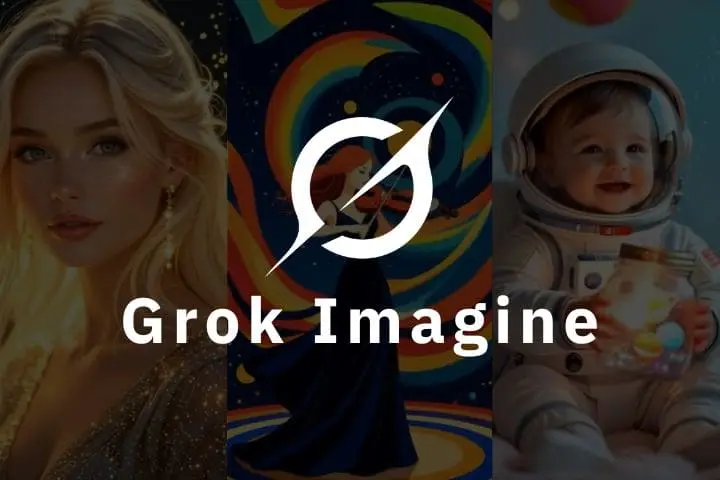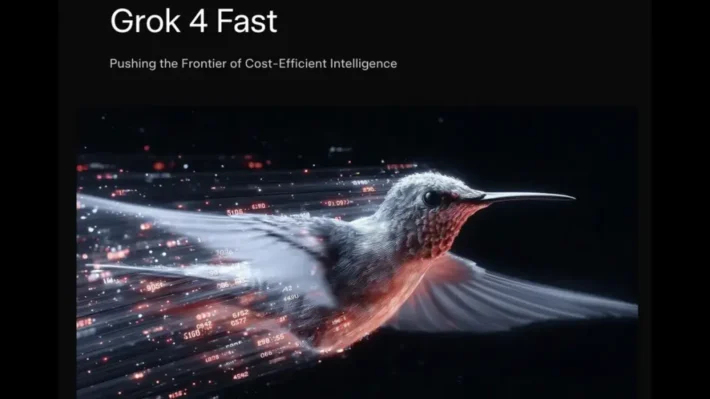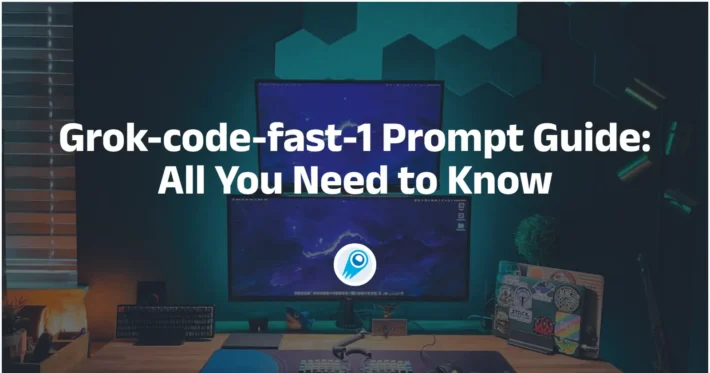xAI launches Imagine v0.9 — what it is and how to access now

xAI announced Imagine Imagine v0.9, a major update to its Grok “Imagine” text-and-image-to-video family that, for the first time in its pipeline, generates synchronized audio inside produced video clips — including background music, spoken dialogue and singing — while improving visual quality, motion and cinematic controls. The model was unveiled by xAI on October 7, 2025 and is being rolled out across xAI/Grok products.
What Imagine v0.9 is
Imagine v0.9 is xAI’s next-generation video model (part of the Grok / Aurora family of capabilities) that turns text prompts or supplied images into short cinematic clips. Where earlier iterations produced silent clips or required separate audio tooling,Imagine v0.9 is generates integrated audio tracks that are aligned to visual events (lip movements, actions, atmosphere) as part of a single generation pass. xAI has positioned the model as an evolution of their Grok Imagine toolset.
Key features
- Native audio–video synchronization: Imagine v0.9 produces background music, ambient sound, spoken dialogue and even singing that is synchronized to the generated visuals rather than requiring separate sound editing.
- Improved visual fidelity & motion: more lifelike character movement, smoother physics and cinematic camera effects (focus shifts, pans).
- Voice-first interface: an option to generate content by speaking prompts — aimed at hands-free workflows.
- Speed & iteration: public demos and reporting claim sub-15-second generation for short clips (dependent on model mode and load).
- Multiple output modes: text→image→video pipeline and direct image→video conversion (animate a photo into a short clip).
- Fast generation times:t short generation latencies (many examples running in the ~15–20 second range for short clips).
What’s new vs prior versions
The headline change is audio generated as a first-class output, not an afterthought. That means Imagine v0.9 attempts to match sound events (speech, footsteps, roars, music cues) to the video timing it creates, rather than requiring a separate dubbing or editing step. xAI also emphasizes leaps in motion realism, camera control affordances and a faster, more interactive interface. Compared with xAI’s earlier Imagine/Grok video capabilities (e.g., v0.1),Imagine v0.9 is brings:
- Integrated audio generation (not just silent video or separate TTS overlays).
- Improved motion and camera controls, enabling more cinematic framing and dynamic storytelling.
- A voice-first UX for prompt entry, and reported speed and throughput upgrades driven by xAI’s underlying Aurora/Grok stack.
How to access Imagine v0.9
Where: The capability is surfaced through Grok (xAI’s assistant) and the Grok / xAI apps and integrations.
Methods:
- Voice mode: If you prefer speaking prompts, enable the app’s voice-first mode (often labeled “Open App in Voice Mode” in early guides) and dictate your prompt or scene direction.
- Image → video: You can convert still images into short, sound-synced clips by supplying an image plus instructions for motion and audio (background score, dialogue lines, singing style).
- Request styles, camera actions, or short durations; output clips are currently short (examples/announcements show very short—several seconds).
Limitations & safety notes
- I note persistent issues in human anatomy, continuity across frames, and other artefacts typical of generative video systems — results are impressive but not perfect.
- Grok Imagine has faced criticism over moderation settings: v0.9 exposes a “Spicy” mode and historically Grok’s guardrails have been bypassed, so there are real content-safety concerns (deepfakes, NSFW, copyrighted/celebrity misuse). Use with caution and follow platform rules.
Conclusion:
Imagine v0.9 is a notable step toward truly integrated text/image → short video production by adding native, synchronized audio (music, dialogue, singing) to xAI’s Grok Imagine outputs while improving motion and cinematic controls.
Want a demo-style tip?
Use a tight, descriptive prompt and include motion and camera instructions. Example:
Prompt: “Close-up of a red dragon roaring, camera pushes in and tilts up as it breathes flame, cinematic lighting, 6-second loop, add a deep thunderous roar synced to the breaths.”
That pattern (subject + motion + camera + length + audio) typically gives clearer results.
How to Get Started to Generate Video via CometAPI
CometAPI is a unified API platform that aggregates over 500 AI models from leading providers—such as OpenAI’s GPT series, Google’s Gemini, Anthropic’s Claude, Midjourney, Suno, and more—into a single, developer-friendly interface. By offering consistent authentication, request formatting, and response handling, CometAPI dramatically simplifies the integration of AI capabilities into your applications. Whether you’re building chatbots, image generators, music composers, or data‐driven analytics pipelines, CometAPI lets you iterate faster, control costs, and remain vendor-agnostic—all while tapping into the latest breakthroughs across the AI ecosystem.
CometAPI promises to keep track of the latest model API dynamics including Grok Imagine API, which will be released simultaneously with the official release. Please look forward to it and continue to pay attention to CometAPI. While waiting,explore our other image models that such as Sora 2,and Sora 2 on the your workflow or try them in the AI Playground. You can explore the model’s capabilities in the Playground and consult the API guide for detailed instructions. Before accessing, please make sure you have logged in to CometAPI and obtained the API key. CometAPI offer a price far lower than the official price to help you integrate.


